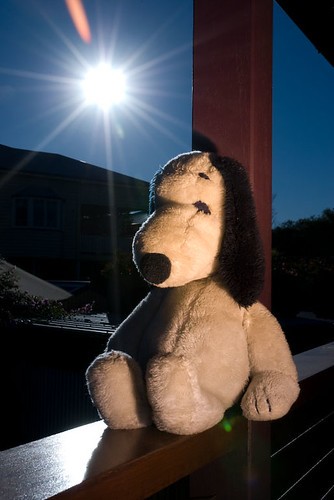Senor Hound
TPF Noob!
- Joined
- Apr 23, 2008
- Messages
- 1,425
- Reaction score
- 0
- Location
- La la land...
- Can others edit my Photos
- Photos OK to edit
So most cameras out there (in my range) have a flash sync of about 1/180 to 1/250. But the Nikons have a crazy fast flash sync of 1/500!!! But what does this mean? I know what flash sync is, but what sort of situations would a high flash sync be an advantage? The only thing I could think of was something like a beach or snow? I just don't see it as that big of a deal if it can only be used in the limited situations I think it can.
Someone help a guy out and shed some insight in on this?
Someone help a guy out and shed some insight in on this?




![[No title]](/data/xfmg/thumbnail/41/41795-6bc3a19e590a6be6bd169ab2acaee30d.jpg?1734176108)
![[No title]](/data/xfmg/thumbnail/41/41797-ed370d68dae70f5b0a7252ec2d525912.jpg?1734176109)







